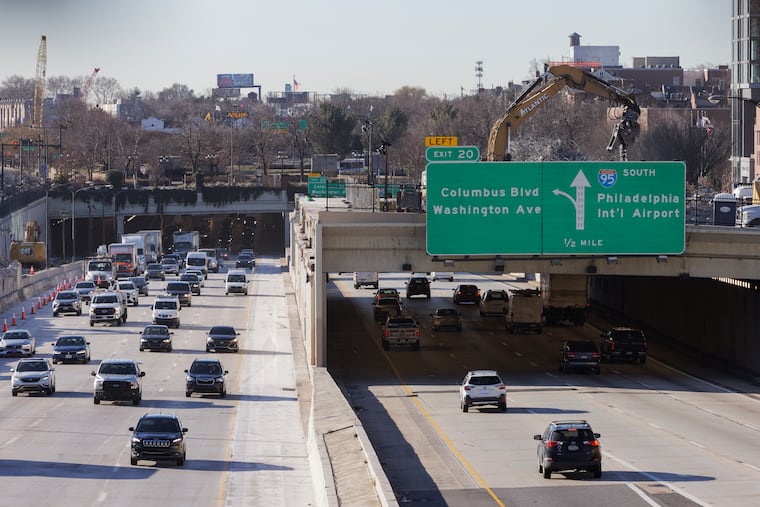Bankrate admits error: Philly area auto premiums rose slower than average - not fastest in U.S.
A data error caused bad calculations. According to revised numbers, the Philadelphia metro area's increase in car insurance costs is about 21%.

Car insurance rates are rising across the United States. But when Bankrate, a widely quoted New York data service, reported last month that Philadelphia-area auto insurance rates jumped 154% over the past year, the numbers didn’t look right to some industry pros.
“There appears to be anomalies” with the Bankrate study, Diego Sandino, spokesperson for the Pennsylvania Insurance Department, told The Inquirer, when asked whether state data matched Bankrate’s. The department couldn’t say what the real Philly-area increase was; it doesn’t aggregate local data, Sandino said.
Pressed for details, Bankrate ran an additional review and found it had indeed exaggerated the increase for metro Philadelphia, which includes Camden and Wilmington, in its “2024 True Cost of Auto Insurance” report, by more than seven times the actual number.
The increase for the Philadelphia area was 21%, still a hefty hike, but far below what Bankrate had published, and also below the national average, which Bankrate had reported was 26%. The Inquirer, which published a story on the erroneous Bankrate data, has issued a correction.
“We uncovered an inaccuracy in the methodology used to determine auto insurance premiums for Philadelphia” in its report for the previous year, acknowledged Bankrate spokesperson Julie Guacci in a statement.
Due to a “mismatch” in manually input zip codes covering the multicounty region in its calculation for the previous year, Bankrate calculated that year’s average premium at less than half its actual cost. The company says the actual reported premium for 2024 — $4,753 — was correct, but the rate of increase was exaggerated because the previous year’s number was wrong.
It wasn’t just Philadelphia. “We found a similar issue in four additional metro areas” — Detroit, Boston, Phoenix, and California’s Riverside-San Bernardino area, Guacci added. The company said it has issued corrections for both the 2024 and 2023 reports.